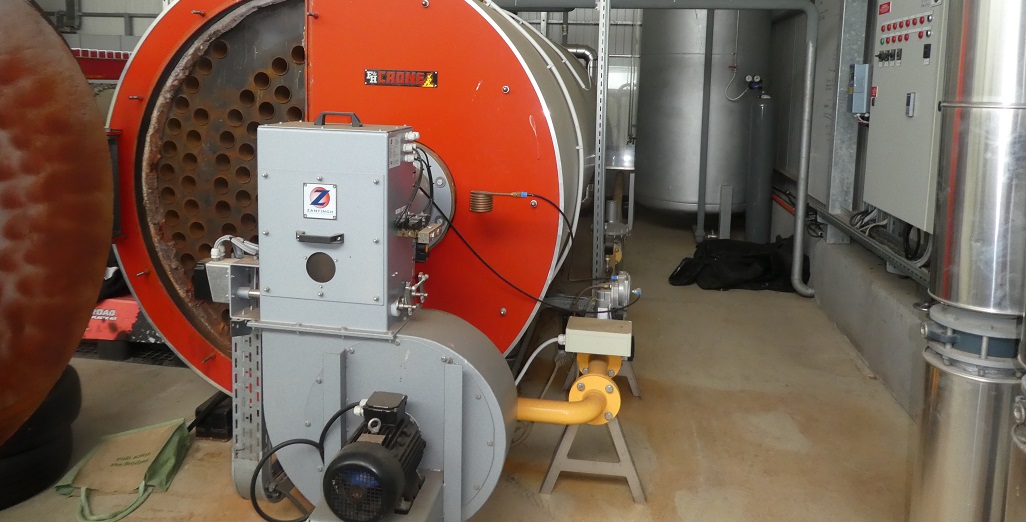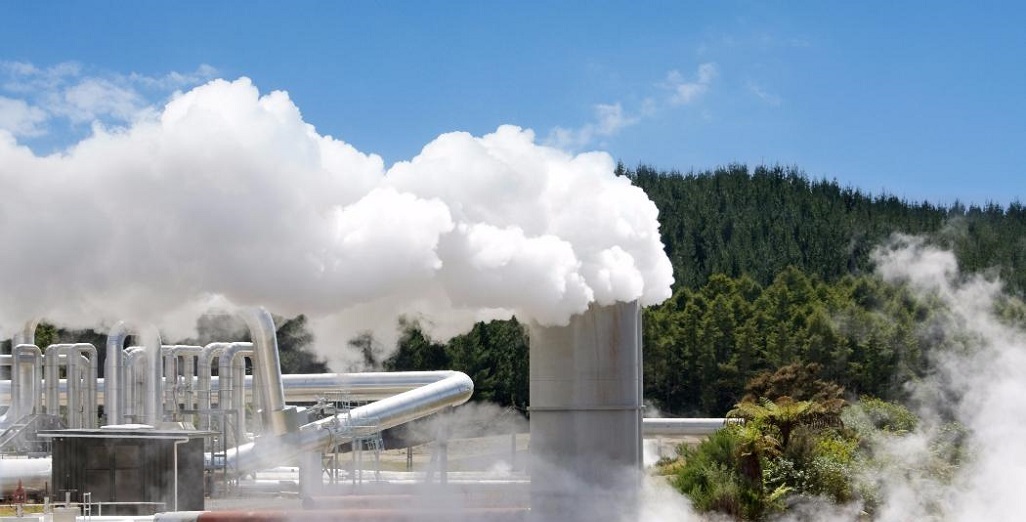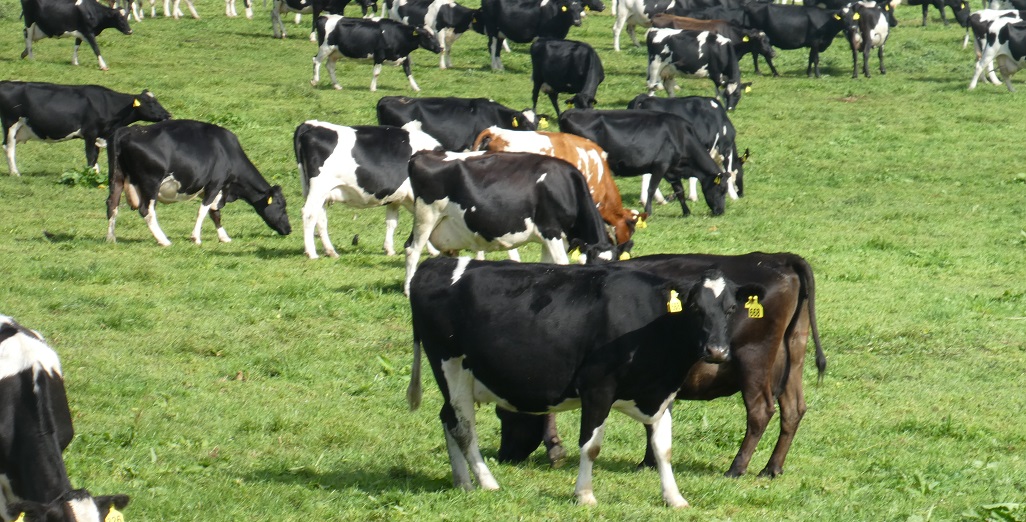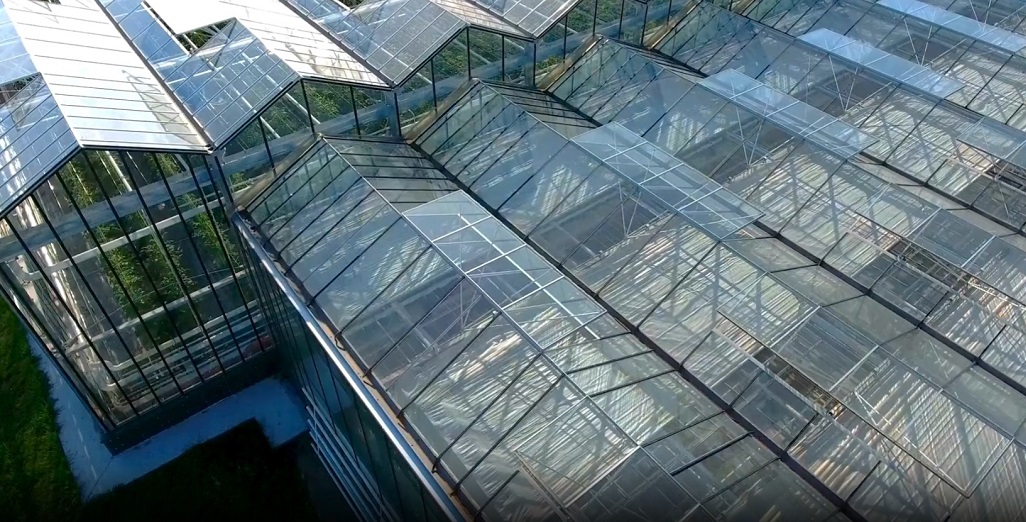Sign up here to subscribe to the Grower2grower Ezine. Every two weeks you will receive new articles, specific to the protected cropping industry, informing you of industry news and events straight to your inbox.
Apr 2020
Energy Options

What are our options now?
Before Covid-19 I’d spent a great deal of time thinking about energy, and what owners of greenhouses could do to prepare for life after coal and gas. Now we are spinning from what the economic fallout from Covid-19 might be and what this means with regards to policies on coal and gas. If government continues with policy plans and timelines that have already been set then what?
Currently, and for some time to come, natural gas is vitally important for the greenhouse industry in the North Island, but this will change, due to the ongoing increases in price and gas contracts becoming too complex for some growers to obtain. The South Island is very dependent on coal, there is no natural gas pipe line in the South Island. So, greenhouse horticulture, in the South Island, will be need to be considering their options much earlier.
So many more crops can be grown in greenhouses in NZ, even bananas. If it was economically viable, there would not be the need to import anywhere near the amount of food we currently do. One of the biggest hurdles is the initial capital costs of some greenhouse structures and the energy requirements for growing crops that require higher heat inputs. Currently it is much cheaper to import many foods, from across the globe, than to grow it here, but it doesn’t mean we are not able to grow it here successfully.
Below is a list of the five types of energy that may hold some sustainable solutions.
1 Geothermal:
Currently there is one large NZ greenhouse company using geothermal energy to heat their structures. The geothermal option does not include CO2 enrichment as natural gas does, so if you want artificial lighting in the future then if you are lucky enough to have geothermal you will need a CO2 enrichment option.
2: Green waste land fill gas:
One company, I have written an article on see below, has been extremely smart and used the methane gas from a local green waste land fill to heat their greenhouse complex and provide (after it is scrubbed/cleaned) CO2 enrichment.
news/post/csm–forestburg-eggplants/
3: Biogas or Biodigesters:
I wrote about this last year news/post/bio-digesters/
In July last year Minister Shane Jones announced New Zealand’s first food waste to renewable biogas energy in conjunction with T&G Greenhouse site close to Reperoa.
https://tandg.global/waste-to-energy-plant-announced-by-minister-shane-jones/
4: Biomass – woodchip/waste product:
Obviously this may appear to be an option but if you are not close to the source of woodchip freight costs would need to be factored, which could actually out way any positives. Interesting to note that in the light of COVID-19 I read an article that instead of shipping logs off shore that perhaps the processing of logs may happen in NZ in the future, perhaps building a greenhouse next to a mill is worth considering?
http://enriva.com.au/projects/auckland-nz/
5 Solar Energy:
Has this been seriously considered? Sundrop farms in South Australia https://www.sundropfarms.com/ has been well documented and written about in greenhouse circles. It is an amazing achievement but what is the true capital cost? Another article, see link below, written recently is definitely worth a read.
https://www.hortidaily.com/article/9197235/solar-energy-can-do-more-than-make-plants-grow/
http://arcon-sunmark.com/cases/%C3%B8stervang-sj%C3%A6lland-denmark
There are several alternate energy options available. If government or the public are serious in regards to tackling climate change, reducing carbon footprint, growing more sustainable produce in NZ, creating jobs and regional growth, then I suggest there should be even more dialogue with industry to fully investigate all possibilities. If our greenhouse growers can reduce their energy costs not only will fresh, healthy food become even more affordable but we would be more competitive in regards to supplying food internationally.
Growers need to make profit and heating costs are a major component of total costs for many operations. Solve this and watch this industry blossom even faster.
Other related articles well worth reading on this topic: https://www.tomatoesnz.co.nz/latest-news/april-2020-update/
I appreciate your comments. Please feel free to comment on the grower2grower Facebook page:
https://www.facebook.com/StefanGrower2grower/
Article Written and compiled by Stefan Vogrincic, Consultant, Grower2Grower
Article Edited by Marie Vogrincic, Editor, Grower2Grower
CLASSIFIED
Subscribe to our E-Zine
More
From This Category

New Industrial Process Heat Consenting Requirements in Aotearoa New Zealand

GNS Scientist wants greenhouse grower to consider geothermal Heat

Ribbon cutting marks the opening of a new JS Ewers Biomass Energy Centre

Flexible Solar Panels Look Set to Disrupt the Industry


























